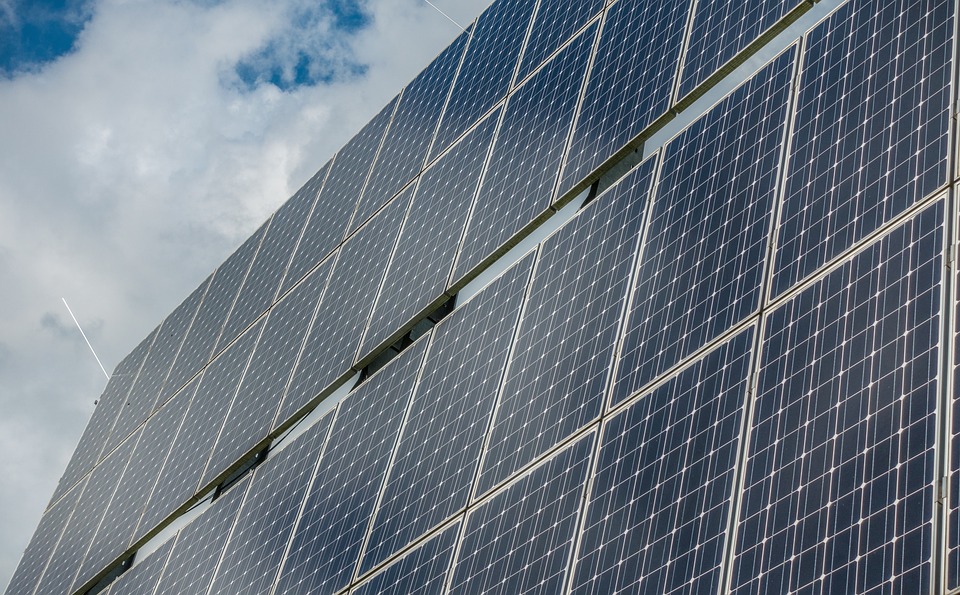The Rise of Photovoltaic Systems in Sustainable Energy
As the world continues to grapple with the challenges of climate change and environmental degradation, the focus on sustainable energy sources has become increasingly important. Among the most significant developments in this field is the rise of photovoltaic systems, which have achieved remarkable progress in recent years. This article explores the emergence of photovoltaic systems in the sphere of sustainable energy and highlights their impact on the environment and society.
The Evolution of Photovoltaic Systems
Photovoltaic systems, also known as solar power systems, utilize solar cells to convert sunlight into electricity. The concept of harnessing solar energy for power generation dates back to the 19th century when the photovoltaic effect was discovered. However, it wasn’t until the latter half of the 20th century that significant advancements were made in the development of practical photovoltaic systems.
One of the key milestones in the evolution of photovoltaic systems was the creation of the first solar cell by Bell Laboratories in 1954. This breakthrough paved the way for further research and innovation, eventually leading to the commercialization of photovoltaic technology. As a result, the cost of solar panels has significantly decreased, making solar power more accessible to a wider range of consumers.
The Environmental Benefits of Photovoltaic Systems
The widespread adoption of photovoltaic systems has had a substantial positive impact on the environment. Unlike traditional energy sources such as coal and natural gas, solar power generates electricity without producing harmful emissions or pollutants. This significantly reduces the carbon footprint associated with energy production, helping to combat climate change and air pollution.
- Reduction in greenhouse gas emissions
- Conservation of natural resources
- Protection of ecosystems and biodiversity
Furthermore, the installation of photovoltaic systems often involves the use of renewable and recyclable materials, contributing to a more sustainable approach to energy generation. As a result, the long-term environmental benefits of solar power are increasingly being recognized by governments, businesses, and individuals worldwide.
The Economic Viability of Photovoltaic Systems
Besides their environmental advantages, photovoltaic systems have also become increasingly economically viable. The declining cost of solar panels, coupled with government incentives and tax credits for renewable energy, has made solar power an attractive investment for both residential and commercial use. In many regions, solar energy has become cost-competitive with traditional electricity generation, further bolstering its appeal.
Moreover, the growth of the solar power industry has created new employment opportunities and economic growth. According to the International Renewable Energy Agency (IRENA), the global solar industry employed nearly 3.8 million people in 2019, a testament to the sector’s contribution to job creation and economic development.
Case Studies: The Impact of Photovoltaic Systems
The impact of photovoltaic systems is evident in numerous real-world examples. One compelling case study is the state of California, which has been a frontrunner in the adoption of solar power. The state’s commitment to renewable energy, combined with favorable climatic conditions, has led to a substantial increase in the installation of photovoltaic systems. California now boasts the highest solar capacity in the United States, with over 27,000 megawatts of solar power generation capacity as of 2020.
Similarly, countries such as Germany and China have demonstrated remarkable progress in the deployment of photovoltaic systems. Germany, in particular, has been a pioneer in solar energy policy, implementing feed-in tariffs and other incentives to promote the widespread use of solar power. As a result, solar energy has become a significant component of the country’s electricity mix, contributing to its transition towards a low-carbon economy.
Conclusion
The rise of photovoltaic systems in sustainable energy represents a transformative shift towards a cleaner, more sustainable future. With their environmental benefits, economic viability, and growing adoption worldwide, photovoltaic systems have emerged as a key player in the transition to renewable energy. As the technology continues to advance and costs further decline, solar power is expected to play an increasingly pivotal role in the global energy landscape, offering a viable solution to the pressing challenges of climate change and energy sustainability.


Pingback: The rise of photovoltaic systems in sustainable energy – Home Solar Sessions
Your article helped me a lot, is there any more related content? Thanks!
Explore the ranked best online casinos of 2025. Compare bonuses, game selections, and trustworthiness of top platforms for secure and rewarding gameplaycasino.
Thanks for sharing. I read many of your blog posts, cool, your blog is very good.
Your article helped me a lot, is there any more related content? Thanks! https://www.binance.com/ru/register?ref=V3MG69RO